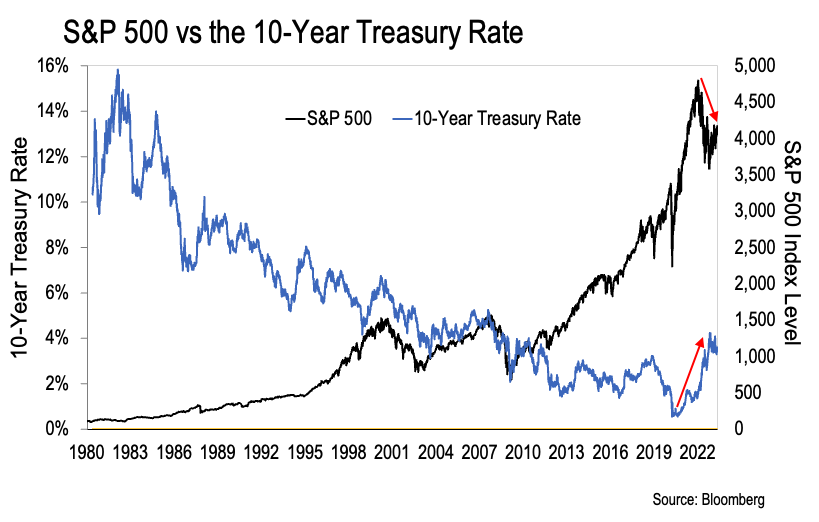Central bank digital currencies could reshape the financial system, potentially replacing traditional banking models.
This quote comes from Benoît Cœuré, Head of the Innovation Hub at the Bank for International Settlements (BIS).
If we read between the lines here, we can surmise the real purpose for the central bank digital currency (CBDC) push. We can also understand why the New York banks broke ranks with the globalist power structure. We talked about this in depth yesterday.
To make sense of the macroeconomic environment we find ourselves in, we have to understand the factions at work. And right now there are two big players.
On one hand there’s what I call the globalist power structure. On the other is the New York banking faction.
The globalist faction controls most prominent multinational organizations in the western world. These include the United Nations (U.N.), the European Central Bank (ECB), the World Economic Forum (WEF), and the BIS… to name just a few.
Plus, the globalist structure has its tentacles running throughout the U.S. political system. Joe Biden, Janet Yellen, and much of the national Democratic Party owe their allegiance to this faction. As do some high-level members of the national Republican Party.
Continue reading “The real goal for CBDCs brings the factions into view…”